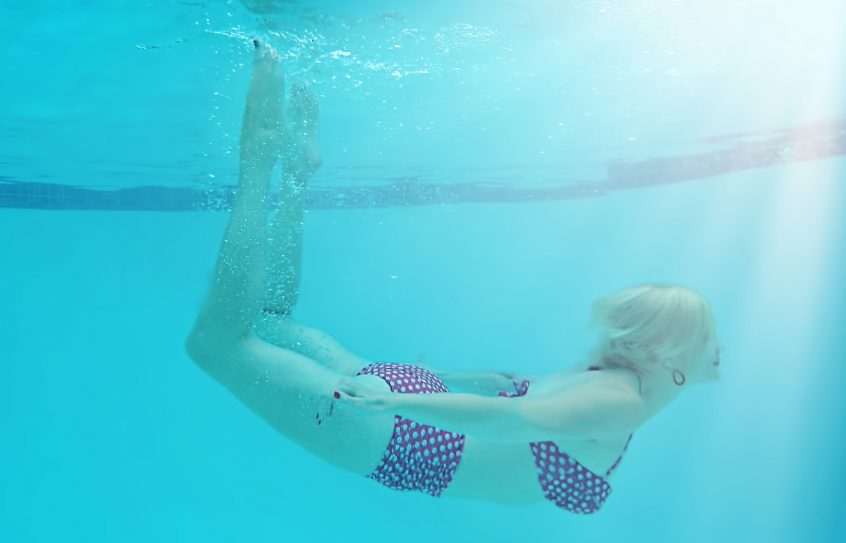Maintaining appropriate levels of calcium hardness is a key balance factor in basic recreational water care. Typically, water in a vinyl-lined or fibreglass swimming pool should contain a calcium hardness level of 175 to 225 parts per million (ppm), while the recommended range for plaster-surfaced pools is a little higher at 200 to 275 ppm. In addition, the overall balance … Read More
Battling Biofilm in Pools and Spas
Improving water quality demands a true understanding of what is hidden in the pool and spa environment, of what is lurking beneath the surface—in piping, filters and on exteriors. For decades, pool professionals have faced a particularly tricky phenomenon, one that has created havoc since the first swimming pools and spas. It is that slimy, sticky, gooey stuff that appears … Read More
Addressing Cloudy Water Issues in Swimming Pools
Pool owners respond more intently to cloudy water than any other water-related issue due to its direct esthetic effect on the pool’s appearance. It can easily be identified by visual observation; any pool owner can recognize cloudy water and know it is an indication something requires attention. Where the difficulty lies for pool professionals, however, is diagnosing the specific problem … Read More
Dealing with Nitrates in Pools and Spas
When a customer brings in a water sample complaining about an algae problem, pool and spa professionals must ask themselves which chemical parameters to include in the subsequent test. If their answer does not include testing for nitrate nitrogen, they could be ignoring a key factor. In fact, nitrate nitrogen testing should be considered in every situation with a potential … Read More



